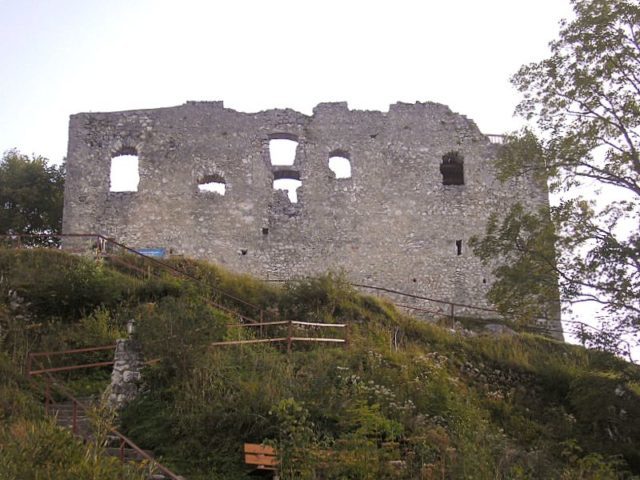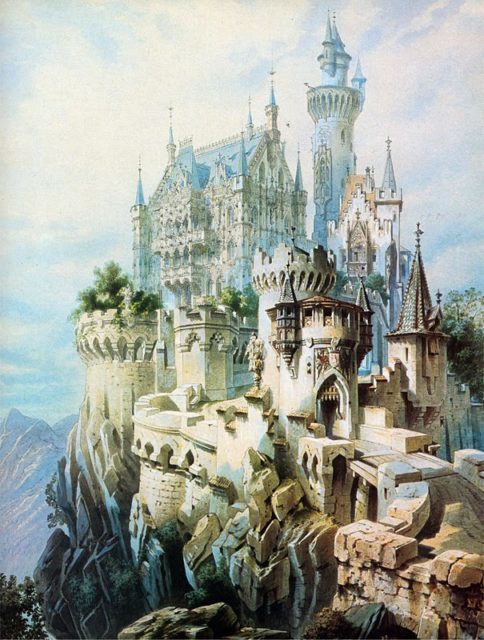Throughout history, people have started building castles due to various reasons. Some imagined them as the perfect gift to their beloved ones.
Others imagined spending their old days in the luxury of a personal masonry little wonder.
For some reason, the building of these six castles was stopped once their original owner had died.
Few were left on the ravages of time for centuries, and few were rebuilt almost from scratch.
Without further ado, let’s embark on a time-traveling journey and learn about why these six castles were left unfinished.
1. The Falkenstein Castle or Castrum Pfronten, Germany

Situated in the Bavarian Alps, near the southern German city of Pfronten, the Falkenstein Castle was built approximately 1270-1280 by Count Meinhard II of Tyrol on the borders of his land.
Historically, the position of the building was interpreted as a symbol of opposition to the Duchy of Bavaria.
Its high altitude at 1,286 meters above sea level, made the castle uninhabitable during winter. Until the 17-the century, the site was largely diminished.
It was the King Ludwig II of Bavaria who purchased the ruins in 1883.
The king was already known for commissioning the fabulous Neuschwanstein Castle, which ought to be his retreat, as well as an homage to Richard Wagner.
For the Pfronten Castle, he also had great vision, to replace the existing structure with a romantic castle.
He hired several architects, including Christian Jank who had already worked on the Neuschwanstein.
Jank eventually came up with a rather High Gothic style of the Pfronten castle design.

More eminent architects were featured in the project.
Max Schultze, a notable architect who affiliated with the Prince Thurn und Taxis, came up with pretty authentic redesign solutions himself.
He envisioned the castle in a robber baron’s style, with interior design and frescoes that included secular Byzantine style.
Ludwig’s bedroom was to be reminiscent of a vast chapel. During 1884, road and water lines were brought to the site, and a papier-mâché model of Schultze’s plan was also created.
However, Schultze withdrew from the project in 1885, a year before the king’s death.
At that period, it was already clear that this project will never be accomplished.
The work on the castle did not begin properly, and once Ludwig died, the project was utterly abandoned.
Since then, it is only the old ruins of Castrum Pfronten which remain on site.

